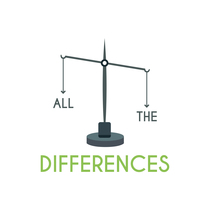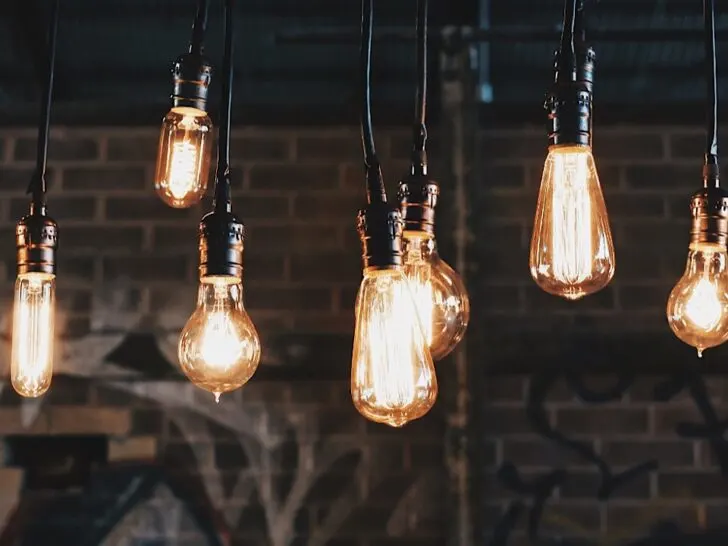Candles and oil lanterns were the only readily available portable lighting options before the development of the light bulb. You would rely on the fireplace, the moon, or nothing if you lacked the financial means for those options.
Because of this, one of humanity’s most significant inventions over the past 200 years has been the light bulb. This technology enables safe public lighting options, focused environments in business and industrial settings, and home illumination.
When considering incandescent technology, the wattage of the light bulb was used to gauge its intensity. You anticipated that a 150W bulb would have greater power than a 40W substitute.
Even though the wattage information is still visible, it is crucial to look at the Kelvin number and the total lumens to determine the brightness and color temperature of the light bulbs you purchase.
That marks the first distinction between bright white and daylight bulbs.
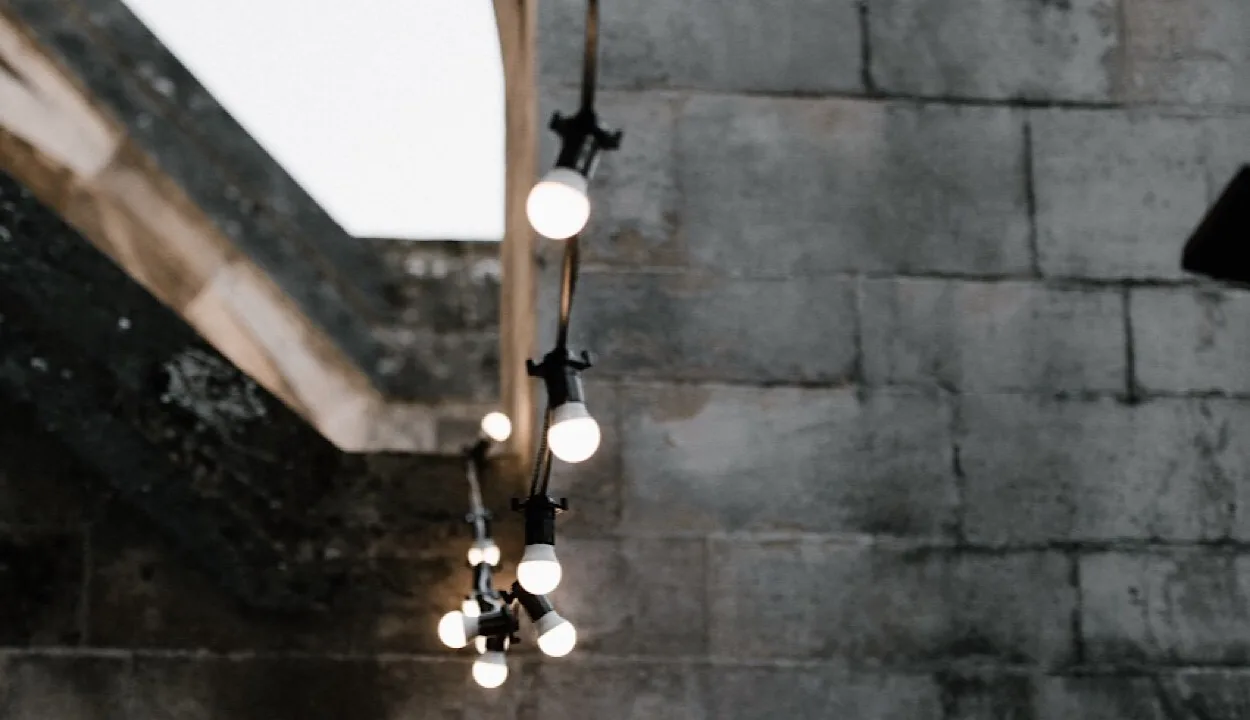
Lighting Facts You Should Know
The type of light bulb used in a room directly affects its ambiance. You can create illumination using the appropriate light fixtures and bulbs, giving you positive and attractive results.
It is helpful to understand a little bit more about the science of interior lighting before choosing the color, temperature, and tone you prefer.
Lumens
This quantity describes how much light is produced by the bulb. An improved experience is correlated with a higher number. A typical 100W bulb produces around 1,600 lumens.
Watts
This is how the energy that a lightbulb consumes is calculated. A product uses less electricity when its associated wattage is lower. Incandescent bulbs have a higher rating than LEDs, despite having a similar overall light output.
Color
The Kelvin rating causes soft white bulbs to be in the yellowish range. Bright White is located between the white and blue spectrums, with daylight at the top of the chart.
In the US, legislation that mandates all light bulbs use 25% less energy was passed in 2007. Due to this law, CFLs and conventional incandescent lighting were gradually phased out of the market.
| Kelvin Color Temp | 2700K | 3000K | 5000K |
| Best Rooms | Kitchen, Bedroom, and Living Room | Entryway, Outdoor Areas, and Bathrooms | Garages, Basement, Workshop Areas |
| Lighting Appearance | Warm White | Bright White | Daylight |
What Are LED Daylight Bulbs?
Daylight LED lights are very bright white LEDs that, as their name suggests, have a nice calming effect due to their broader light spectrum. The higher color temperature of daylight LED light ranges from 5000 to 6500 K, making it perfect for basements, bathrooms, and kitchens.
Because of the excellent color contrast, it produces a more natural effect and can be used anywhere in your house or apartment. Daylight LED lights do not strain your eyes because of their exceptional brightness.
The full-spectrum LEDs emit light across the entire spectrum of natural light, giving your interiors an instantaneous warm glow similar to that of the sun.
It is ideal for reading, working on projects, or accent lighting because it is so bright but still feels natural. On the other hand, soft white or warm white produces a yellowish hue similar to incandescent lights, making it ideal for bedrooms and living rooms. It is also suitable for general lighting in a dining room.
Daylight Color Intensity
Both intensity and saturation describe the brightness of a color. The brilliance of a color is its intensity. Daylight LED light has a higher color temperature in the 5000–6500 K field. Due to its higher color contrast, daylight has a more natural appearance.
Hue
While full-spectrum LEDs emit light across the full spectrum of natural light, daylight LEDs instantly give your interiors a warm glow akin to the sun’s natural light. More of a bluish-white hue is produced. Daylight LEDs are less taxing on the eyes because of their bright light.
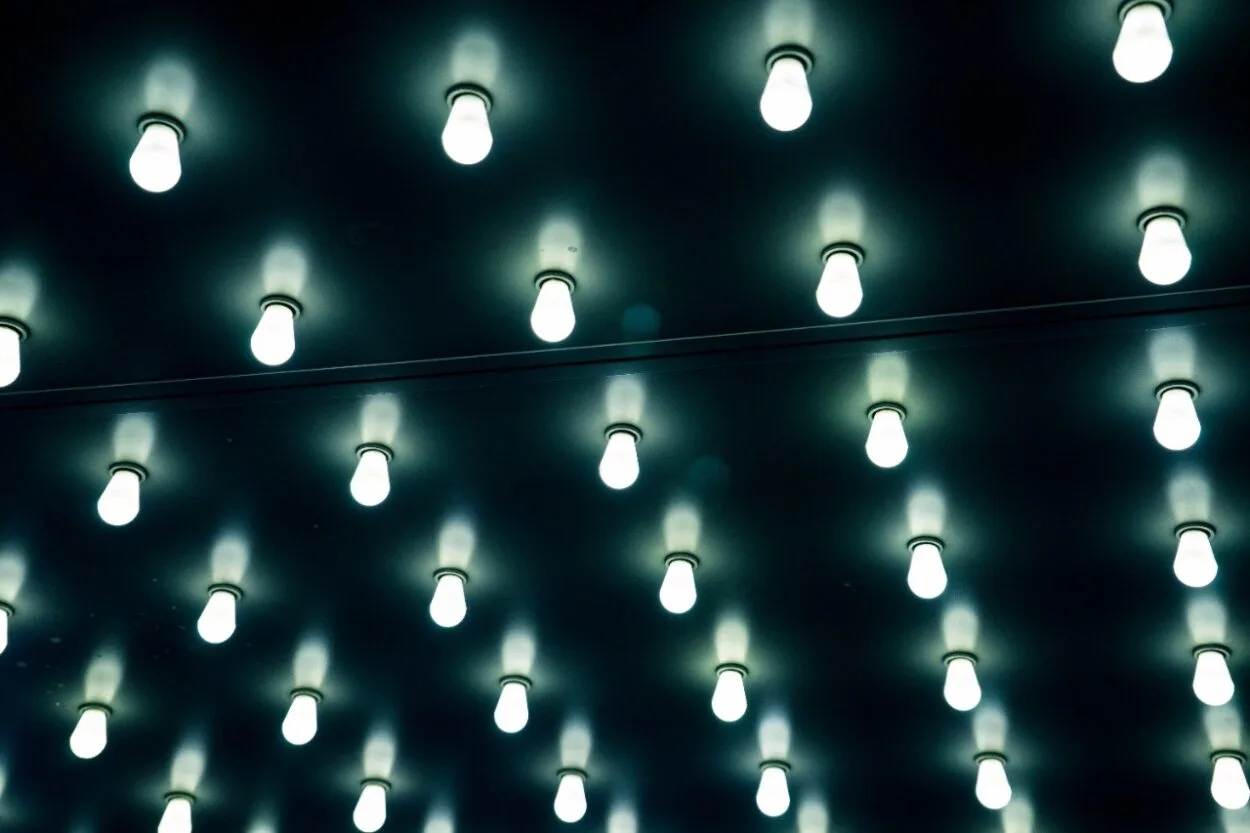
Daylight Or Bright White Light, Which Is More Promising?
Here things start to get a little interesting because there are two ways to look at the brightness.
Because it more closely resembles the hue of daylight, a daylight bulb will appear brighter than a bright white one based solely on color temperature. However, bright white is still a clear and bright light, and there is hardly any difference in “brightness” from a color perspective.
Color temperature is less critical when discussing brightness with light bulbs than actual luminosity.
Lumens are a precise measurement of a lightbulb’s brightness.
Therefore, when measured for daylight, a 40-watt equivalent LED bulb may have a “brighter-appearing” color. Even so, it won’t be as strong as a 100-watt equivalent bright white bulb.
The brighter bulb should produce more lumens, according to science. The daylight bulb will appear brighter if the bulbs share the same lumen output.
What Are Other Color Temperature Bulbs There?
In addition to bright white and daylight, there are a few other types of light bulbs, such as:
- Warm white, also known as soft white, is a gentler shade of light that resembles the orange glow of a setting sun.
- Daylight Deluxe (Amazon) is a light that is 6500K or even higher on the Kelvin scale.
- You can change the color temperature of some Ecosmart bulbs (Amazon) from 2700K to 5000K by simply flicking a switch on the bulb.
- Smart bulbs: Some manufacturers offer a “white ambiance” (Amazon) bulb that lets you choose the type of white you desire.
The Living Room’s Best Color Contrast
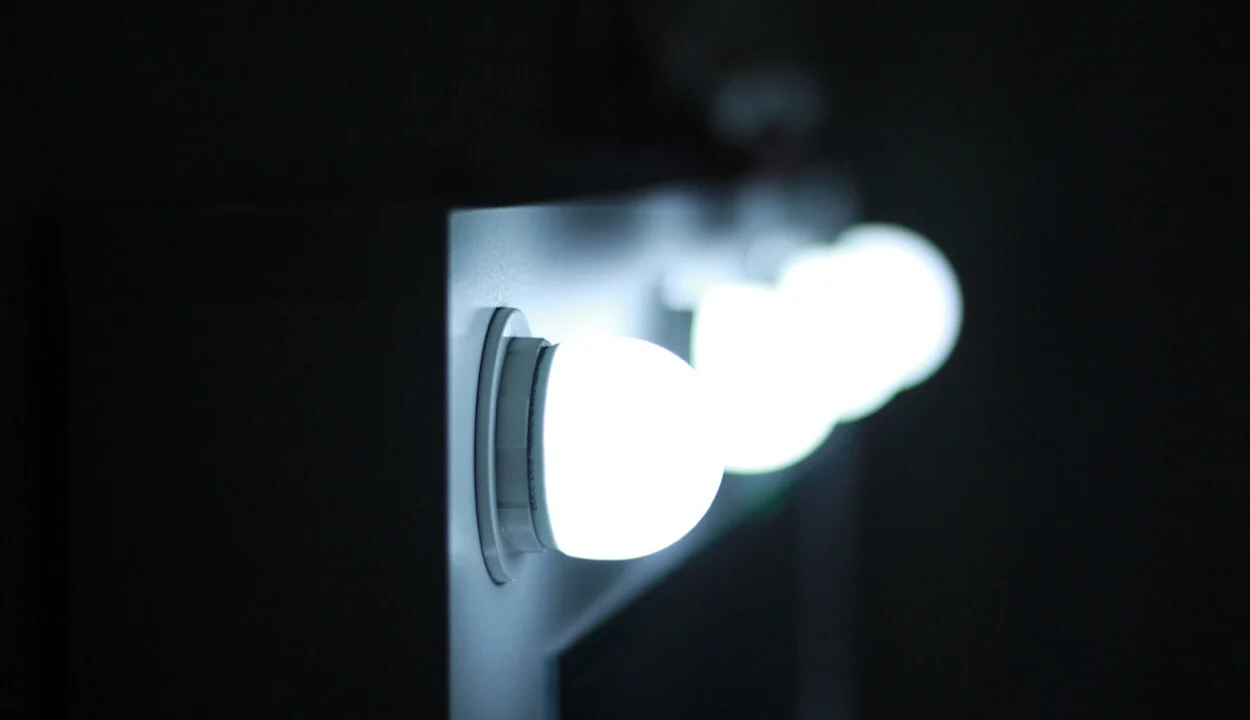
Any living room interior design plan must include lighting. You can alter its overall mood by selecting soft white, bright white, or daylight as the main background lighting. Generally, a living room feels more extensive and more open in brighter lighting than in softer lighting.
It’s critical to keep in mind that the living room serves a variety of purposes. It could be used as a bedroom at night, a home office during the day, and even an entertainment area.
The lighting options you choose should highlight different features because the living room is one of the most frequently used rooms in a home.
Consider the living room’s physical features before deciding on the light bulb’s temperature and tone. What size is it? What are the most critical parts of this area that you want to emphasize?
- The living room will appear dark if it faces north. Even in the winter, there will be more brightness when it faces south. Living rooms facing east receive the morning sun, while those facing west receive the evening sun and more light.
- To achieve the desired light levels, you can combine floor and table lamps with wall and ceiling lighting once you know what to expect.
- If you want job lighting in your living room, bright white bulbs are typically the best option for most settings. Ambient lighting is frequently soft white, whereas daylight bulbs are ideal for use in enclosed areas with limited access to natural light.
The Best Color Contrast In A Kitchen
One of the most common trends in modern kitchens is creating a two-tone environment. If you use the wrong LED lights for that setting, you’ll add a third color to the interior design scheme.
Contrast is what distinguishes a kitchen from others. By being brave with your design and letting opposites attract, you can increase how much you enjoy a space.
Which Lighting Fixtures Are Best for Me?
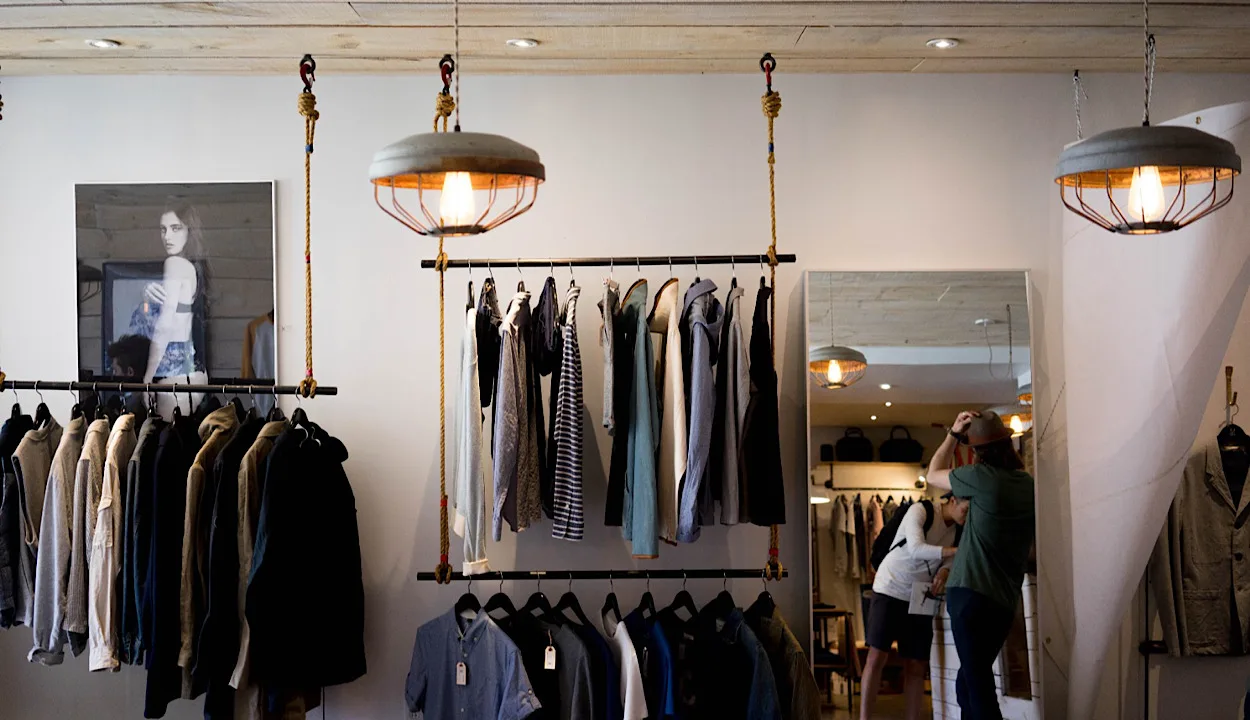
To suit your needs, you can select soft white, bright white, or daylight bulbs to create a comfortable environment.
Although bright white or daylight bulbs can benefit specific tasks or rooms, most designers advise using soft white light for general ambiance.
In bathrooms or kitchens, bright white bulbs frequently perform better, especially when chrome fixtures are present.
Daylight bulbs are a great option if you need to read a lot. Soft white, on the other hand, highlights darker woods and tones beautifully without overpowering the senses.
With that knowledge, you can select the correct light bulbs for your needs
Final Words
- Do you carefully consider which room will have which color, or do you have a preferred color temperature for the lightbulb? Alternatively, have you already switched to intelligent bulbs?
- When it comes to LEDs, there is no such thing as a straightforward “white” light bulb, so you must be cautious when purchasing replacements.
- If you plan to read at night, the table lamp beside your bed probably doesn’t need a daylight deluxe bulb.
- However, if you’re not sure if you’d prefer a bright white or a daylight bulb, think about the additional cost of an ambiance smart bulb that allows you to change it at will.
- Yes, they are more expensive, but the ability to change the mood is frequently worthwhile.
Related Articles
What Are The Differences Between The Samsung LED Series 4, 5, 6, 7, 8, And 9? (Discussed)
